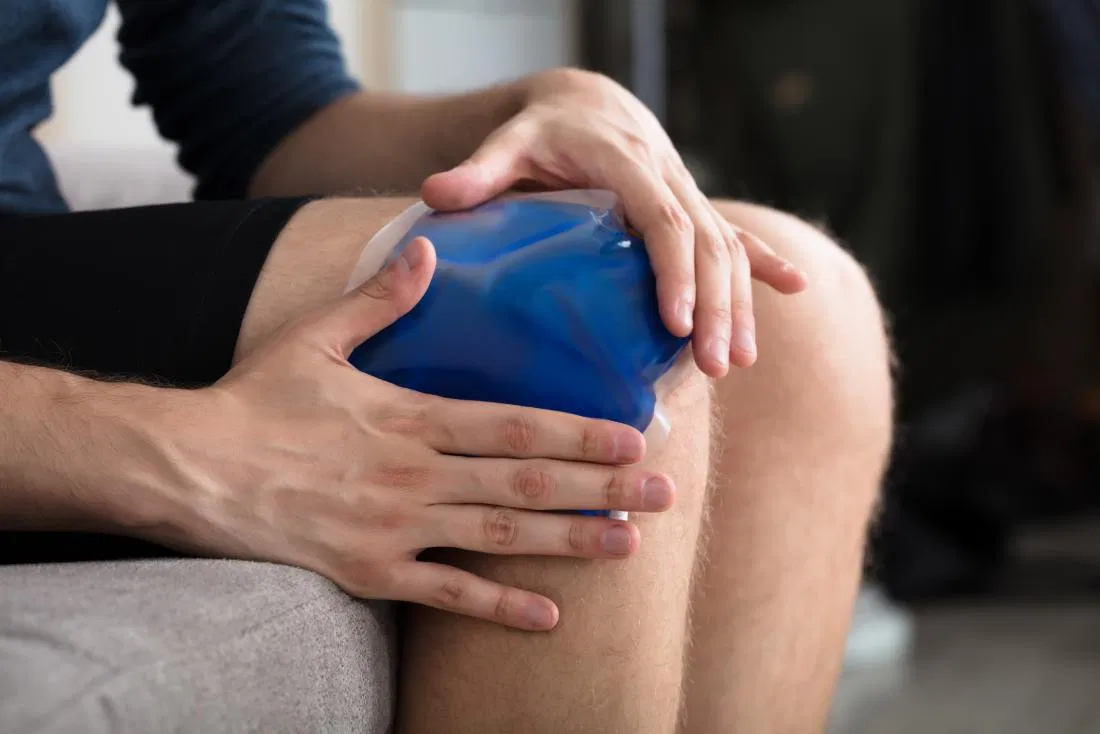
Image Source: Google
Knee pain can be a debilitating issue that affects your daily activities, whether it is due to an injury, arthritis, or overuse. One of the most effective and simple ways to reduce knee pain and inflammation is by using an ice pack. If you need more information about ice pack for knee, you may visit Bodyice.
In this ultimate guide, we will discuss how to properly use an ice pack for knee pain relief and provide you with valuable tips to maximize its benefits.
Understanding Knee Pain
Before we delve into the specifics of using an ice pack, it is essential to understand the common causes of knee pain. Some of the most common reasons for knee pain include:
- Acute injuries such as sprains, strains, or tears
- Chronic conditions like osteoarthritis or rheumatoid arthritis
- Overuse injuries from repetitive motions or activities
- Structural issues like meniscus tears or ligament damage
Benefits of Using an Ice Pack for Knee Pain
Ice therapy, also known as cryotherapy, is a popular and effective way to manage knee pain. Using an ice pack on your knee can provide several benefits, including:
- Reducing inflammation and swelling
- Alleviating pain and discomfort
- Minimizing muscle spasms
- Promoting faster recovery after an injury or intense physical activity
How to Use an Ice Pack for Knee Pain Relief
Choose the Right Ice Pack
There are several types of ice packs available on the market, including gel packs, instant cold packs, and homemade ice packs. Here are some factors to consider when choosing the right ice pack for your knee pain:
- Size and shape that fits the contours of your knee
- Flexibility to conform to your knee's shape
- Durability for multiple uses
- Ability to retain cold temperature for an extended period
Applying the Ice Pack
Once you have selected the appropriate ice pack, follow these steps to apply it to your knee effectively:
- Wrap the ice pack in a thin towel to prevent direct contact with your skin.
- Place the ice pack on the affected area for 15-20 minutes at a time.
- Remove the ice pack and allow your knee to rest for at least 10 minutes before reapplying.
- Repeat the process several times a day, especially after physical activity or exacerbating your knee pain.
Tips for Maximum Relief
To optimize the benefits of using an ice pack for knee pain relief, consider the following tips:
- Elevate your leg while using the ice pack to enhance blood circulation and reduce swelling.
- Avoid placing the ice pack directly on bony prominences to prevent discomfort or skin irritation.
- Use ice therapy in conjunction with rest, compression, and elevation (RICE) for comprehensive pain management.
- Consult a healthcare professional if your knee pain persists or worsens despite using an ice pack.
Precautions When Using an Ice Pack
While ice therapy is generally safe and effective for managing knee pain, it is essential to take certain precautions to avoid potential complications. Here are some precautions to keep in mind:
- Avoid applying the ice pack for more than 20 minutes at a time to prevent skin damage.
- Do not use ice therapy on an open wound or broken skin to avoid infection.
- If you have circulatory issues or sensory impairment, consult a healthcare professional before using an ice pack.
- Monitor your skin for any signs of frostbite, such as numbness, tingling, or skin discoloration.
Conclusion
Using an ice pack for knee pain relief can be a simple yet powerful tool in managing discomfort and promoting recovery. By understanding the benefits of ice therapy, choosing the right ice pack, and following proper application techniques, you can effectively alleviate knee pain and inflammation. Remember to consult a healthcare professional if your knee pain persists or if you have any underlying medical conditions that may require additional treatment.
Share this post: on Facebook on Google+